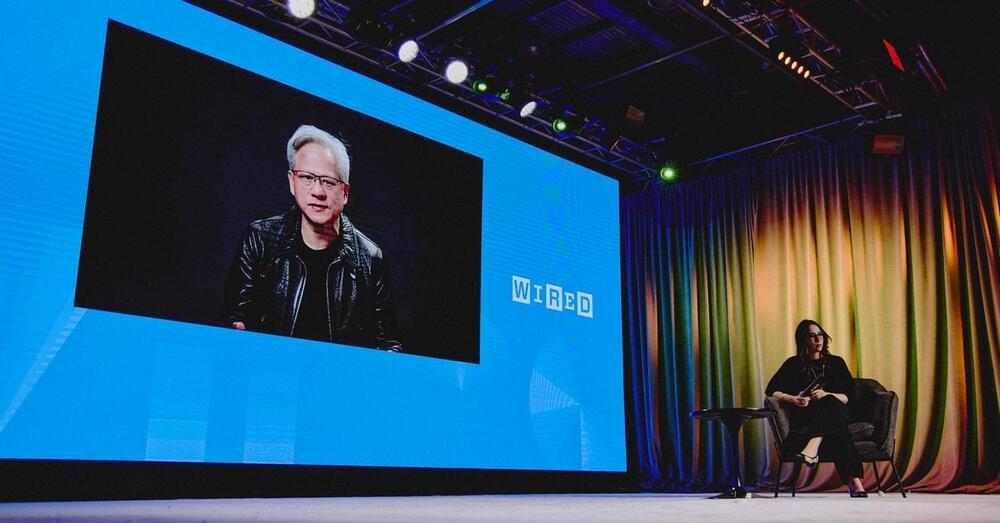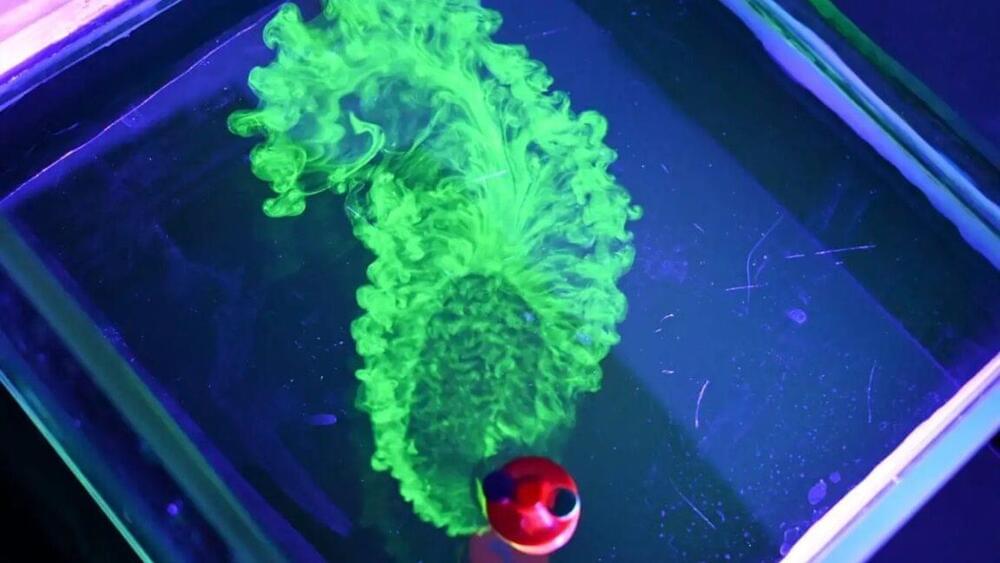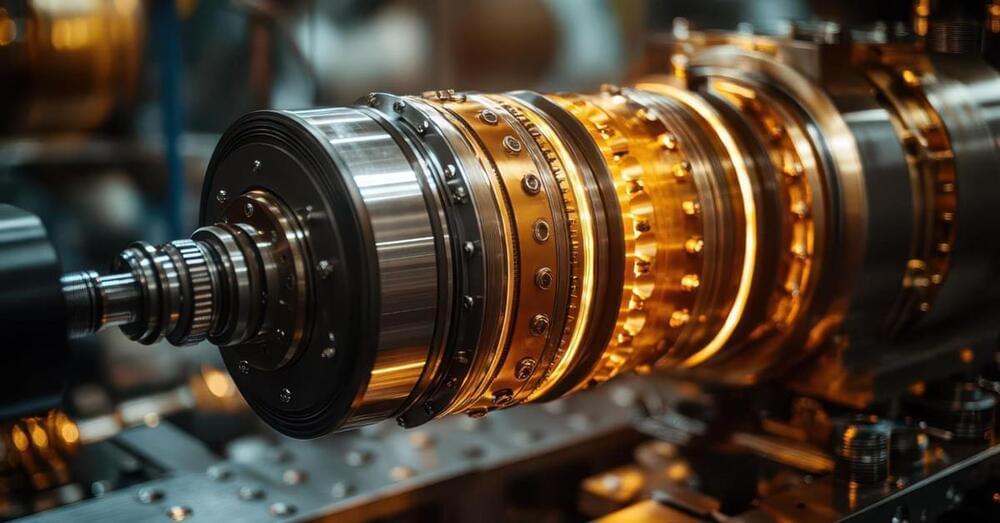Nvidia CEO Jensen Huang has a plan to bring AI infrastructure to countries around the world, and he’s pitching it in person.



I had wondered if AI could just learn and advance from it s users.
During your first driving class, the instructor probably sat next to you, offering immediate advice on every turn, stop and minor adjustment. If it was a parent, they might have even grabbed the wheel a few times and shouted “Brake!” Over time, those corrections and insights developed experience and intuition, turning you into an independent, capable driver.
Although advancements in artificial intelligence (AI) have made self-driving cars a reality, the teaching methods used to train them remain a far cry from even the most nervous side-seat driver. Rather than nuance and real-time instruction, AI learns primarily through massive datasets and extensive simulations, regardless of the application.
Now, researchers from Duke University and the Army Research Laboratory have developed a platform to help AI learn to perform complex tasks more like humans. Nicknamed GUIDE for short, the AI framework will be showcased at the upcoming Conference on Neural Information Processing Systems (NeurIPS 2024), taking place Dec. 9–5 in Vancouver, Canada. The work is also available on the arXiv preprint server.



As described in that paper and henceforth, a transformer is a deep learning neural network architecture that processes sequential data, such as text or time-series information.
Now, MIT-birthed startup Liquid AI has introduced STAR (Synthesis of Tailored Architectures), an innovative framework designed to automate the generation and optimization of AI model architectures.
The STAR framework leverages evolutionary algorithms and a numerical encoding system to address the complex challenge of balancing quality and efficiency in deep learning models.

Froilan Mendoza is Founder & Chief Technology Officer of Fulcrum Solutions.
Small businesses are the backbone of the U.S. economy. They represent 99.9% of all businesses in the country, account for 43.5% of GDP and employ almost half of the U.S. workforce. Yet small business owners have always had to overcome obstacles to survive and succeed. Lack of capital is responsible for 38% of small business failures. Labor costs make up 70% of their expenses, and a national labor shortage of 2 million workers is exacerbating the difficulty of hiring and keeping talent.
The good news is that AI is leveling the playing field for small businesses, giving them easy-to-use tools to optimize their processes and scale their organizations without huge teams or budgets. A 2024 study from the U.S. Chamber of Commerce found that 98% of small businesses are already using an AI-enabled tool, and 91% of owners say that AI will fuel future business growth. The use of generative AI tools, such as chatbots and image creators, grew by 40% in the last year.

There’s a common popular science demonstration involving “soap boats,” in which liquid soap poured onto the surface of water creates a propulsive flow driven by gradients in surface tension. But it doesn’t last very long since the soapy surfactants rapidly saturate the water surface, eliminating that surface tension. Using ethanol to create similar “cocktail boats” can significantly extend the effect because the alcohol evaporates rather than saturating the water.
That simple classroom demonstration could also be used to propel tiny robotic devices across liquid surfaces to carry out various environmental or industrial tasks, according to a preprint posted to the physics arXiv. The authors also exploited the so-called “Cheerios effect” as a means of self-assembly to create clusters of tiny ethanol-powered robots.
As previously reported, those who love their Cheerios for breakfast are well acquainted with how those last few tasty little “O” s tend to clump together in the bowl: either drifting to the center or to the outer edges. The “Cheerios effect is found throughout nature, such as in grains of pollen (or, alternatively, mosquito eggs or beetles) floating on top of a pond; small coins floating in a bowl of water; or fire ants clumping together to form life-saving rafts during floods. A 2005 paper in the American Journal of Physics outlined the underlying physics, identifying the culprit as a combination of buoyancy, surface tension, and the so-called ” meniscus effect.”


Ryan Serhant’s eponymous brokerage has been in rapid growth mode this year following the success of the Netflix show “Owning Manhattan,” and now investors want in on the action.
SERHANT. announced Monday that it secured $45 million in a seed funding round led by real estate venture capital firm Camber Creek and participation from Left Lane Capital.
The investment — which is going to SERHANT. Technologies, the umbrella company that includes the brokerage — will be used to develop the company’s AI platform known as S.MPLE. The company believes S.MPLE will optimize workflows and help scale other parts of its business, including the brokerage.